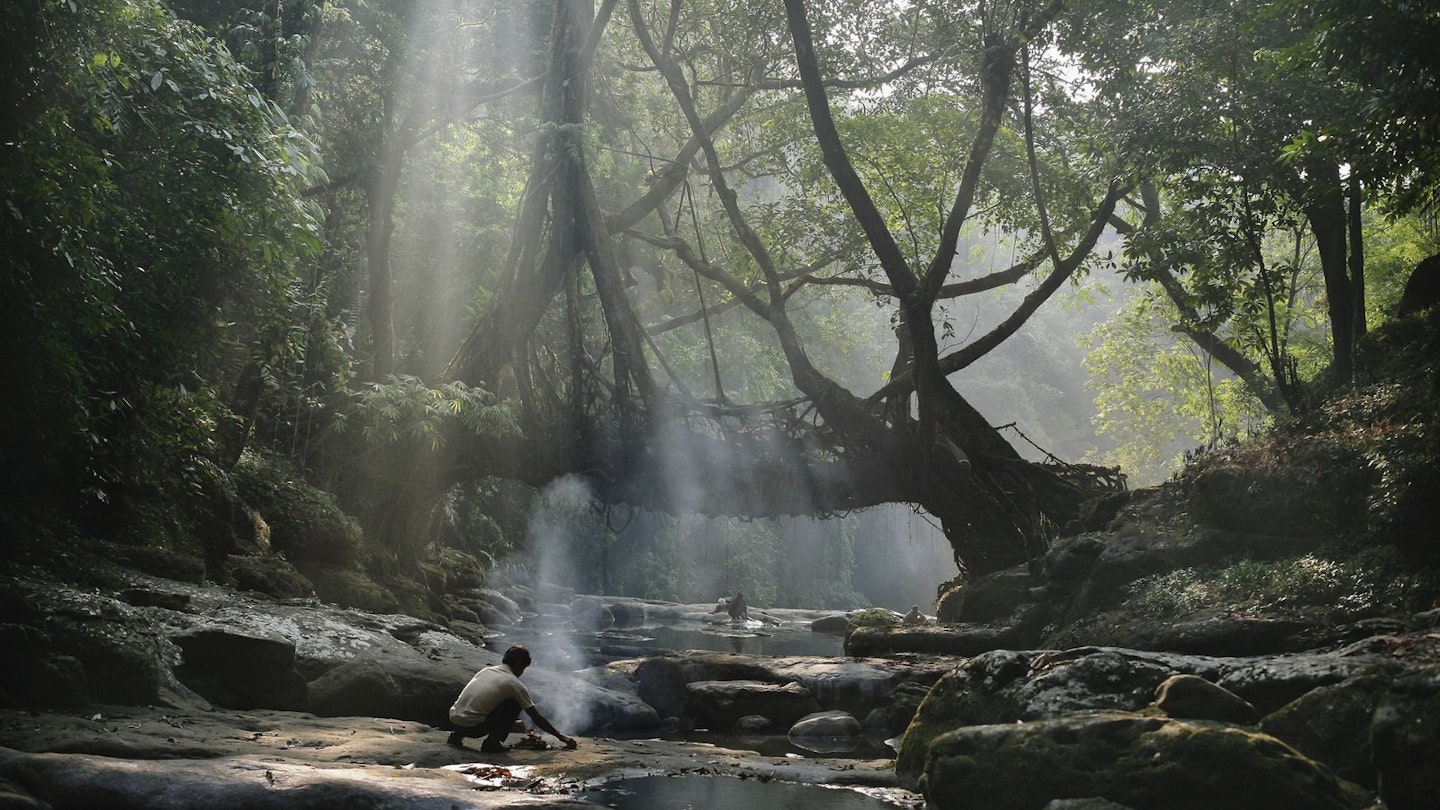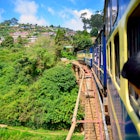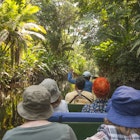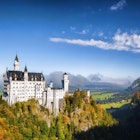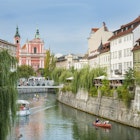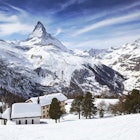It's raining on the limestone plateau that soars above the delta of the Brahmaputra River in Northeast India. Big, fat, heavy drops, that dribble down the back of the neck and soak into the ends of coatsleeves. However, I'm assured by the young man selling cinnamon bark and cardamom pods at one of the area's most famous viewpoints that this is totally normal. 'It always rains in Meghalaya! That's why it's so beautiful!'
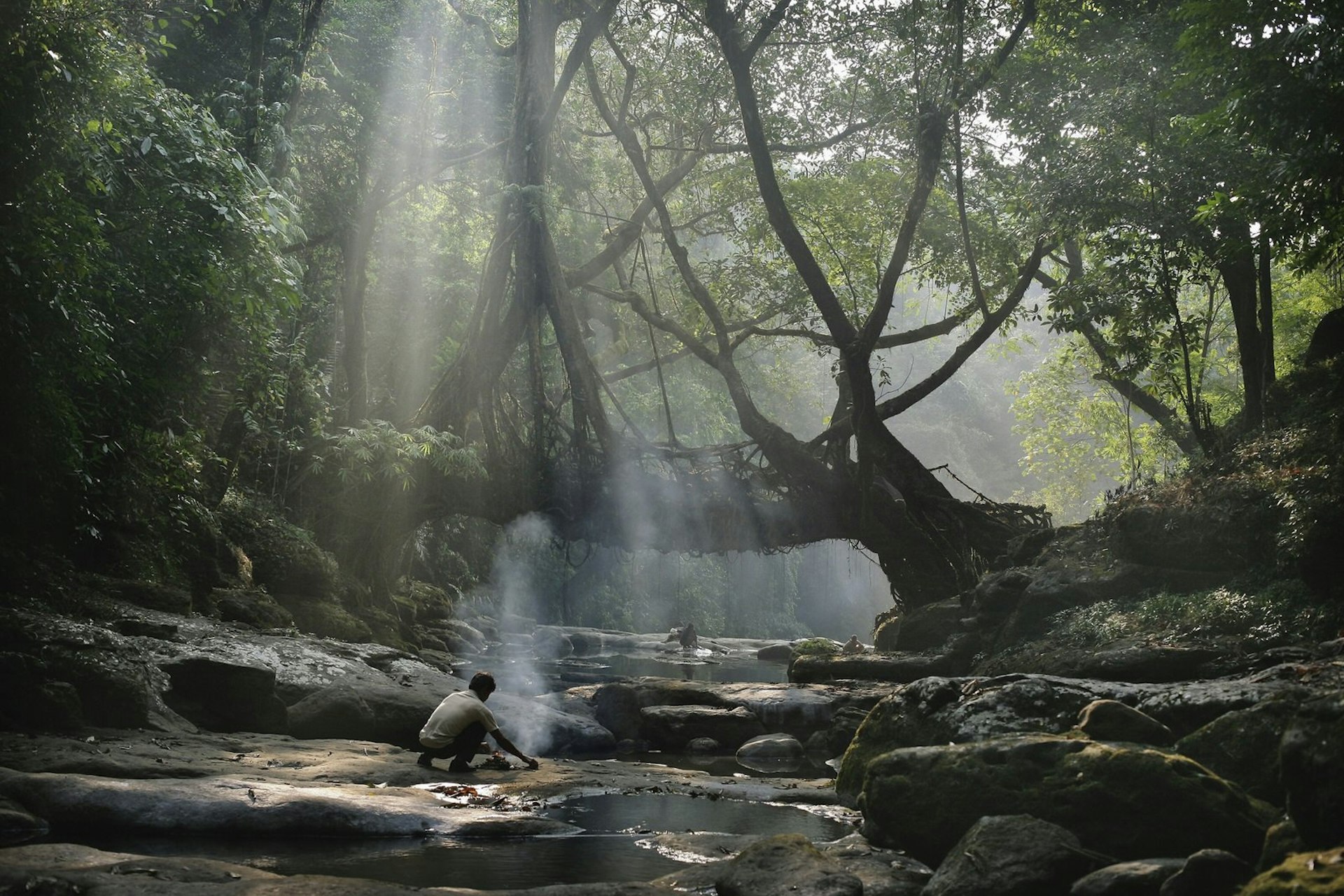
In fact this is a slight exaggeration. The winter months in Meghalaya are comparatively dry, but during the monsoon, this little-explored state in India's rugged Northeast is the wettest place on earth. The hill village of Mawsynram has recorded a staggering 11,872 millimetres of rain in a year – that's nearly 12 metres of precipitation – and it shows. Although lush and green, the landscape has the same saturated quality as the Scottish highlands, leading the British colonials who set up camp here to describe Meghalaya as the Scotland of the East. Locals have had to develop special techniques for dealing with the downpours; cloud banks hug the hills and farmers toil in the fields beneath reed and banana-pith rainshields that resemble giant turtle shells.
So, why make all this effort for a soaking? Well aside from the kudos of being able to say you've visited the wettest place in the world – incidentally, part of the inspiration for Alexander Frater's famous travelogue Chasing the Monsoon – Meghalaya is gaining a reputation as a natural adventure playground, a prime destination for trekking, caving and canyoning and tribal encounters. Thank the natural geography of the Garo, Khasi and Jaintia hills, whose soft limestone has been whittled into hidden gorges, wormhole caverns and plunging cliffs by millions of years of rainfall.

Shillong, Scottish heart of India
It isn't just the dour climate that makes the capital of Meghalaya feel like a piece of Scotland transplanted to the Indian hills. The local love of tartan was reputedly inspired by British missionaries, and men and women from the Khasi tribe, the largest Adivasi group in this part of Meghalaya, wrap up against the weather in shawls whose sombre tartan tones recall Scotty dogs, shortbread and long walks across the glens. Shillong's mock-Tudor cathedral, boating lakes, and tin-roofed colonial bungalows also play a part.
The best place to dip into Shillong's tribal heart is at the chaotic Iew Duh market – a village haat (bazaar) on a massive scale. Inside this vast crush of humanity, Khasi people from across the state congregate to haggle for bolts of cloth, fruit and vegetables, edible frogs, fish traps, betel nut, baskets and bamboo bows and arrows. Archery is a Meghalayan obsession and bouts of thoh tim, or teer – where archers shoot as many razor-sharp arrows as they can into a wooden block and spectators gamble on the results based on interpretations of their dreams – have the giddy atmosphere of a village fiesta.
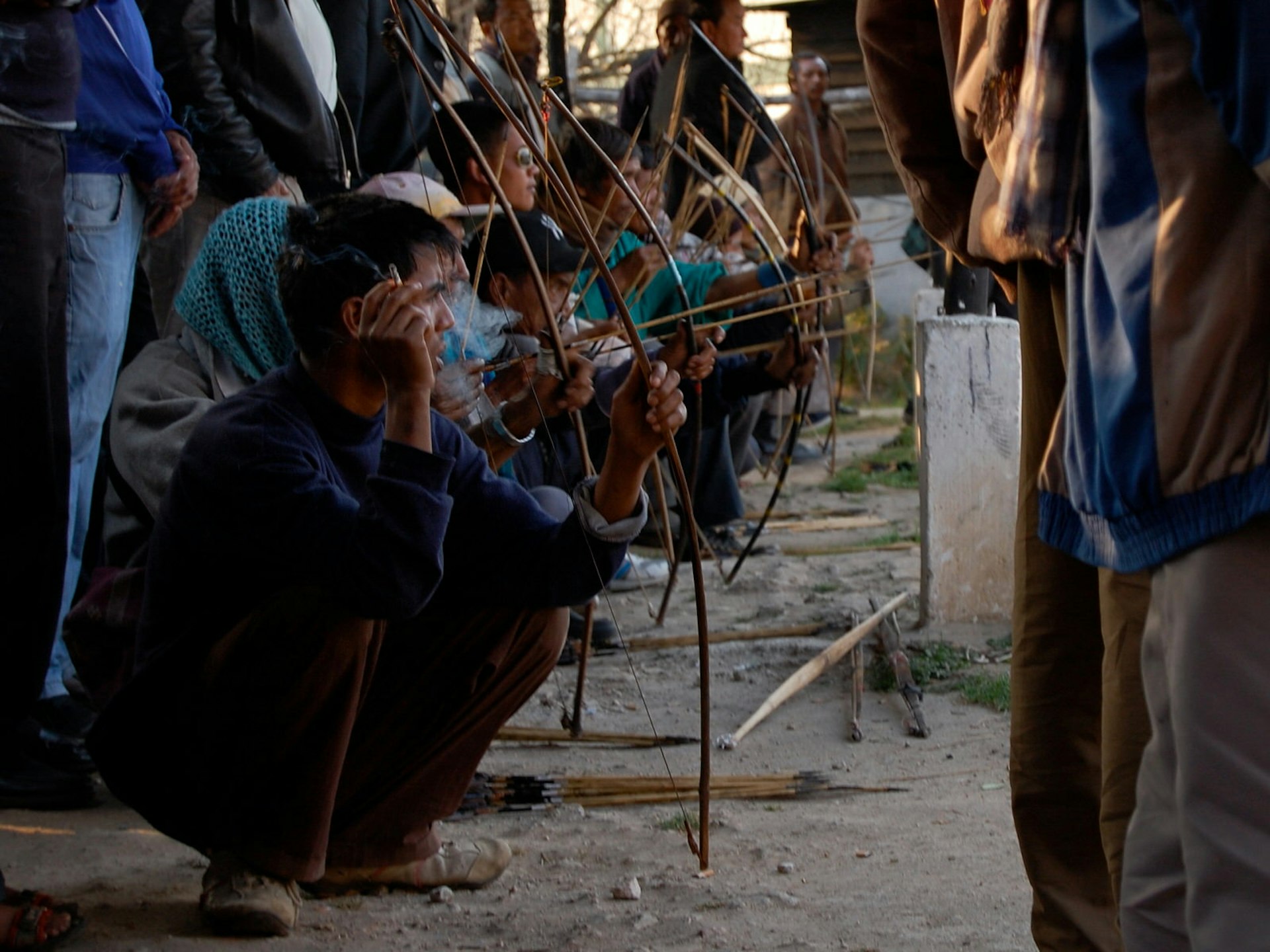
Perhaps the most exciting thing about Shillong though, is the journey here from the plains of Assam, which offers hair-raising turns aplenty and views out across the valley of the Brahmaputra. Actually, the trip is even more thrilling if you come by helicopter, an astonishingly inexpensive half-hour trip from Guwahati's small, efficient airport to the pine-ringed meadow landing pad at Shillong's Eastern Air Command HQ.
Waterfalls, missionaries and megaliths
Despite the Scottish nods, it was the Welsh who had the biggest cultural influence on Meghalaya. Before the arrival of foreign missionaries, the Khasi people were animists, worshipping an ancestral mother figure at clusters of standing stones that would not look out of place in Scotland's Western Isles, but the arrival of the Welsh preacher Thomas Jones in Sohra (also known as Cherrapunjee) saw the Khasi rapidly convert to Christianity. Some tribal traditions endure, however, including fierce clan loyalties and the sacrifice of roosters and goats as proxies for the sins of mankind. The most impressive collection of megaliths is at Nartiang in the Jaintia Hills, where you'll also find an ancient Durga temple formerly used for human sacrifices (lopped heads were dropped down a secret limestone channel into the subterranean river below).
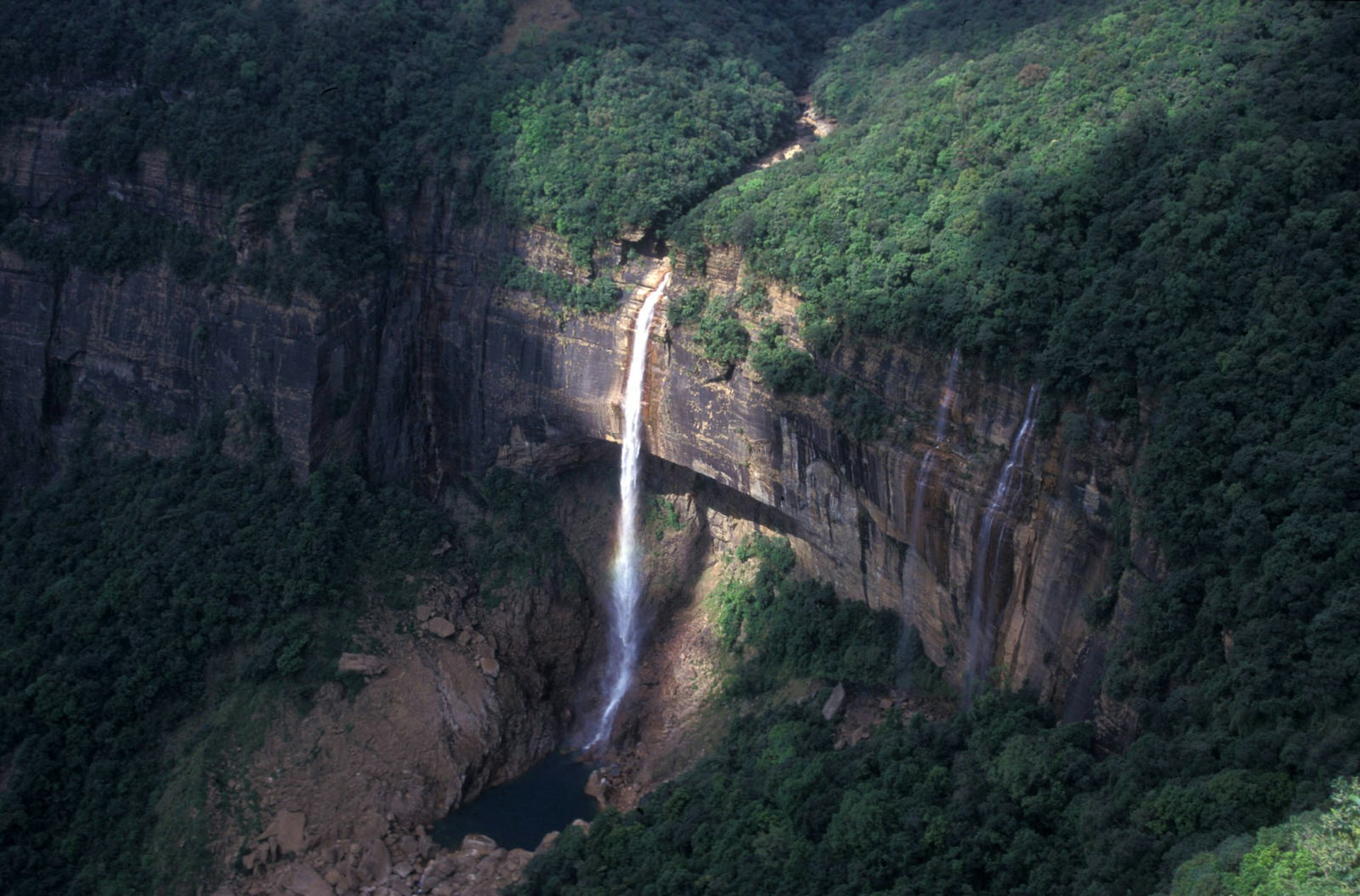
Today, Sohra is best known for its waterfalls, which surge dramatically over towering cliffs all around the town. The most impressive plunge is Nohkalikai Falls, which emerges from a forested gully and drops 340m over a sheer rock wall; during the monsoon, the volume of water plummeting into the abyss increases twenty-fold and the sound can be almost deafening. Because of the tricky approach, most visitors are content to view the plume from afar, from the cleared viewpoint on the outskirts of Sohra. Should you feel so inclined, Mawsynram, the wettest village on earth, is an easy taxi-ride to the west of Sohra. In the hills around town, keep your eyes peeled for sombre cemeteries of iron crosses, strangely angled standing stones and the tin-roofed schools and chapels founded by Welsh missionaries.

Khasi culture
Khasi traditions are another lure for visitors to Meghalaya. Despite their conversion to Christianity, the Khasi still follow the matrilineal tradition, with wealth and names passed from mother to daughter, and men compelled to live with their maternal in-laws after marriage. Khasi celebrations are spirited affairs, with mass dances in traditional costumes outside the houses of village chieftains to mark harvests and young people coming of age. Despite being held just 15km from downtown Shillong, the Nongkrem dance in the village of Smit has all the trappings of a pagan hill-tribe festival, complete with sacrifices of goats and a rooster to placate the mother goddess.
Perhaps the most famous Khasi tradition is the creation of 'living bridges', woven from the aerial roots of giant jungle fig trees by generations of local villagers. Several of these astonishing natural wonders, including a famous double-decker with two stacked tiers, can be visited on a steep, precarious trek along time-worn hiking trails used by villagers trading betel nut in Shillong. The easiest places to pick up the trail are the villages of Mawshamok and Tyrna, to the south of Sohra. There are more of these Lord of the Rings-esque bridges dotted across the Khasi hills, including around dainty Mawlynnong, feted as the cleanest village in Asia, which is accessible from the town of Dawki on the border with Bangladesh.
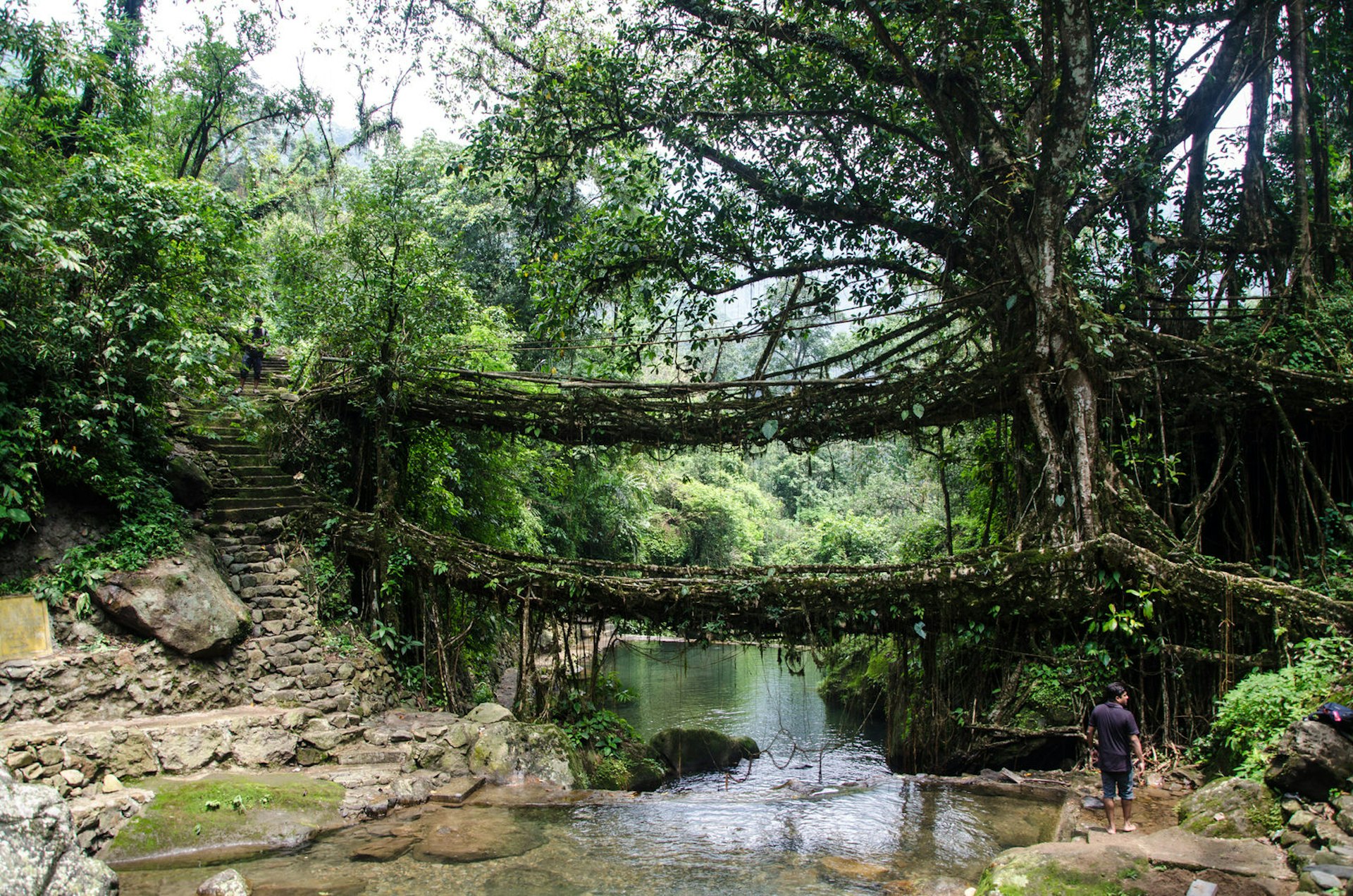
To dial the adrenaline up a notch, consider plunging into the canyons that cut across the Meghalayan plateau. Growing numbers of local operators are leading thrill-seekers into the churning gorges that cut south towards Bangladesh from the hills around Sohra. The same rainfall that carved Sohra's hidden gorges also worked its way deep underground, opening up vast cave systems under the plateau. More than 150 eerie krem (caverns) carve through the limestone bedrock of the Jaintia Hills, including Krem Liat Prah, the longest cave in India, stretching for at least 25km beneath the Shnongrim Ridge. Tour operators in Shillong can make all the arrangements for caving, but trips only run from November to April; during the monsoon, the rains transform the caverns into raging underground rivers.
Make it happen
Shillong is easily accessible by bus or helicopter from the Assamese capital, Guwahati, which is served by trains and flights from across India. Within Meghalaya, transport is by bus, helicopter or chartered Sumo jeep. It is possible to continue from Meghalaya to Bangladesh via the border crossing at Dawki. Visit during the monsoon from May to September to see the waterfalls at their most spectacular.

